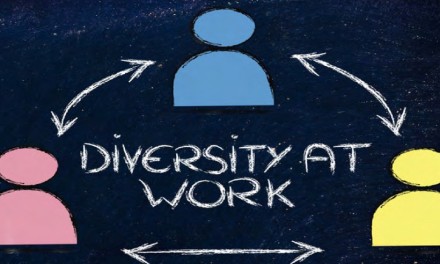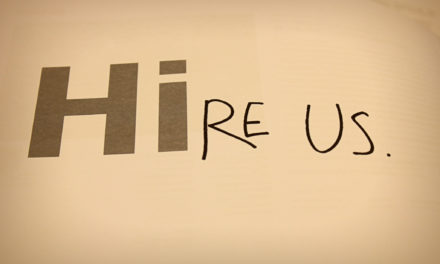When working with autistic children (children with autism) who have speech and language disorders, a strong, collaborative relationship between Speech-Language Pathologists (SLPs) and Behavior Analysts makes a huge impact. Over the last two decades, I’ve worked in many different settings where an “interdisciplinary approach” exists to varying degrees. After a lot of trial and error, I finally feel like I got it right.
Three things we do every week as a team in my current position are:
- Use Catalyst, or other data-tracking software, to enter data and track progress for both ABA and SLP goals and targets.
- Meet weekly to discuss kids’ programs.
- Share resources and materials for therapy.

Use Catalyst, a data-tracking software, to enter data and track progress for both ABA and SLP goals and targets.
There are many software options for both SLPs and Behavior Analysts for tracking goals and progress in therapy sessions. Catalyst is nice for those of us who started out in the olden days using paper data sheets and binders to organize kids’ therapy programs. The interface looks like a notebook with colored divider tabs, but you access the files with a touch screen on an iPad! It allows for customization so you can have different domains for SLP and ABA goals. We don’t necessarily work on the same goals, but we can see all of the goals and progress for each program.
Sharing a system like this is a HUGE time saver for me. When I am developing speech and language goals for clients, I can easily see what other goals they are working on without writing emails back and forth or needing to discuss every detail directly with the Behavior Analyst. If I see something I want to discuss, I can take note of it and bring it up at our weekly meeting.
The other great thing about sharing the same goal and data software is the ability to easily select targets for generalization. For example, I might master a goal for the production of subject + action phrases in a structured task in my one-to-one session. The Behavior Analyst can then easily see this mastery and introduce a goal for the production of subject + action phrases in natural play with babies, such as “baby sleep,” “baby eat,” and “baby cry.”

Meet weekly to discuss kids’ programs.
This isn’t something that is always easy to do. People get busy and can’t always meet every, single week. Also, many programs for autistic children (children with autism) don’t have both Speech-Language Pathologists and Behavior Analysts working on site every day. In that situation, a Zoom meeting would work.
In my current job, I share clients with 5 BCBAs. We do our best to meet each week to talk about our shared clients. It is so valuable to have that time together to discuss mastered/new goals, troubleshoot issues, and reconnect. Without that time carved out, our collaboration could easily go off track, affecting the effectiveness and efficiency of treatment for the kids we serve.

Share resources and materials for therapy.
If you have been working with autistic children (children wth autism) in a behavioral program for a while, you might be familiar with the overlap between Speech-Language Pathology and Applied Behavior Analysis programs. If you are living in your own professional bubble or new to the field, you may not realize how much each profession has to contribute to the other.
In fact, many people aren’t aware that both Speech-Language Pathology and Behavior Analysis practices in teaching communication are backed by large bodies of research! Because of this, there are a lot of evidence-based resources common to each field regarding autism and helping children to learn and communicate.
When I meet with individuals from the Behavior Analysis team, we each contribute ideas from previous experience, conferences, research articles, books, and therapy materials. Sometimes I think I need to create a list of therapy materials only to find out someone has already done it and vice versa!
After many years working on so many different SLP/ABA teams, I have had my share of challenging experiences that have made me swear off the union of these two disciplines altogether! But with dedication and open-minds, these professions are stronger and smarter when they come together for the benefit of helping others.
Read Original Post
on TherapyQueenBee by Therapy Queen










